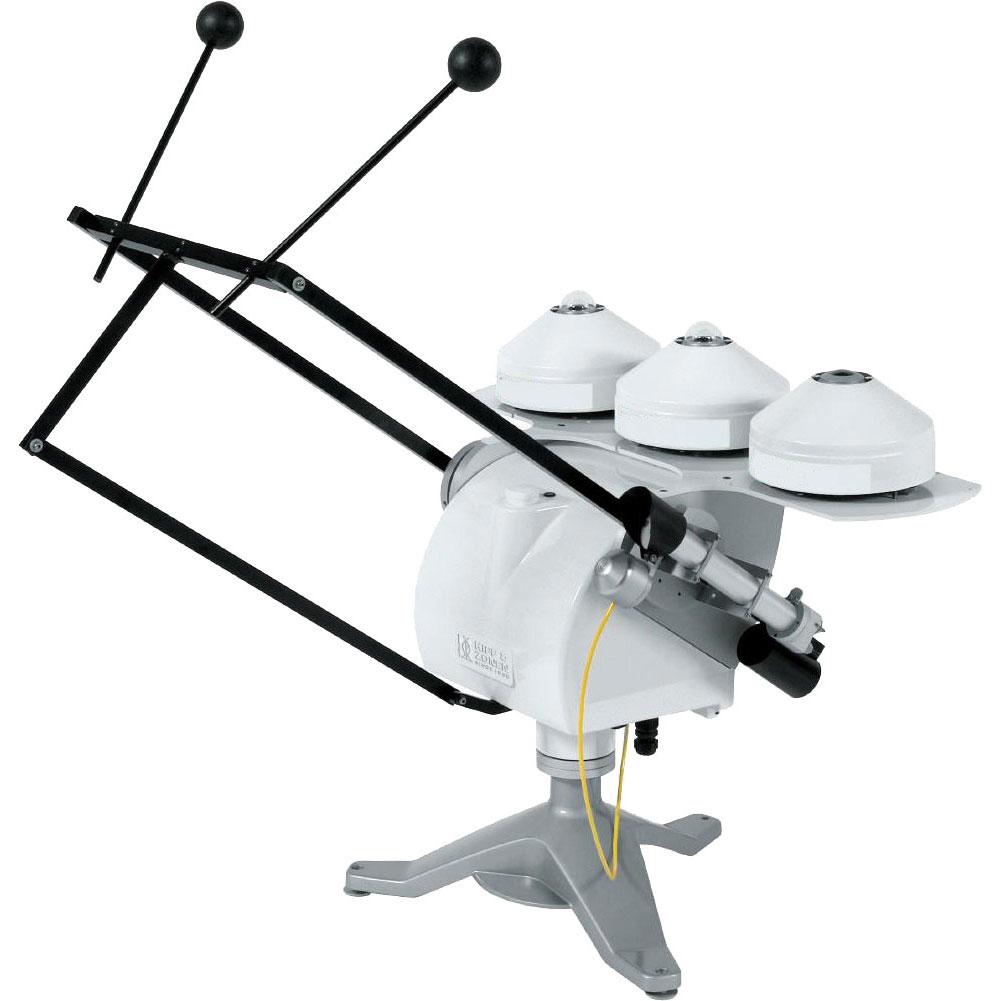Description
Solar radiation is normally measured using a pyranometer that sees the whole hemisphere above it and responds to radiation from both sun and sky, the ‘global’ solar radiation. However, it is often necessary to accurately measure the ‘direct’ radiation coming only from the sun.
A pyrheliometer has a 5° view, slightly larger than the sun and its aureole, and does not see the rest of the sky. To make measurements it must point precisely at the sun and this is achieved using an automatic two-axis sun tracker. A shading assembly blocks the direct solar radiation from reaching a pyranometer mounted on the tracker so that the
‘diffuse’ solar radiation from the sky can be measured. The sun tracker provides a stable mount-ing for the pyrheliometer and moves horizontally (az-imuth) and vertically (zenith) to follow the solar arc. Stepping motors controlled by a micro-processor drive through belts or gears to provide movement with the desired torque and accuracy. An on-board programme requires accurate longitude, latitude, altitude, date, and time information for the measurement site. It then calculates the current position of the sun and points the pyrheliometer & shading assembly towards it.






